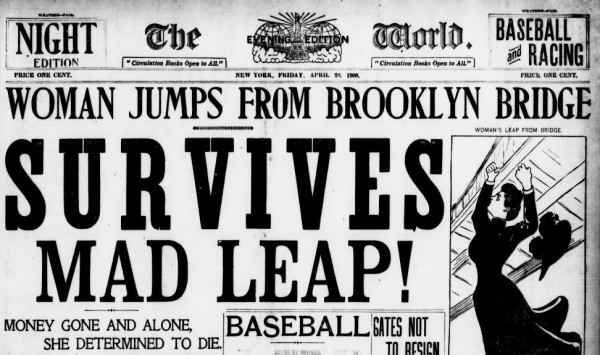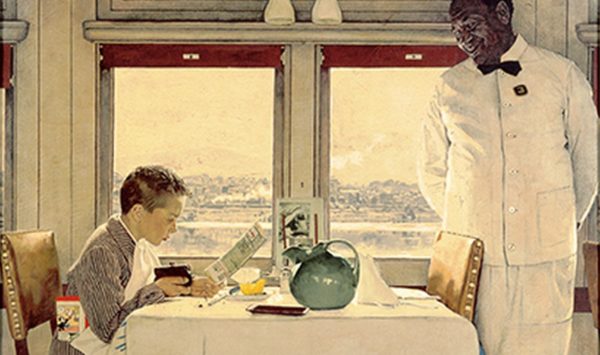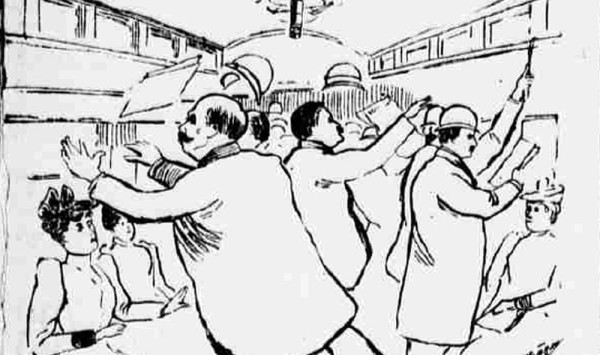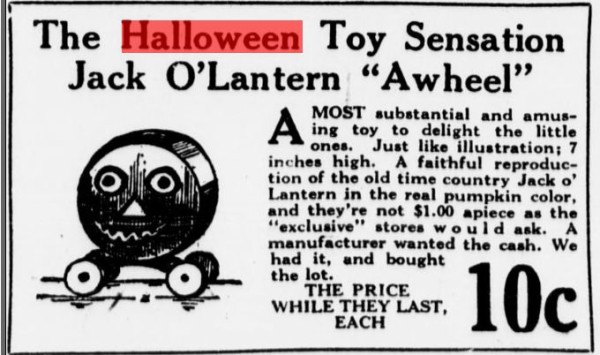WOMAN SURVIVES B’KLYN BRIDGE JUMP! (1900)

******************************************************************************************************************************** Brownstone Detectives investigates the history of our clients’ homes. The story you are about to read was composed from research conducted in the course of one of those investigations. Do you know the history of YOUR house? ******************************************************************************************************************************** Yellow Journalism was in its heyday in 1900, and Joseph Pulitzer’s “World” was right up there at the top of the whole heap of it. This is an example of the hype that existed back then, drawing readers into a version of the world that was part real and part made-up. The subject of this splashy front page story, Marie Rosalie Dinse, came to be the second woman to jump from the Brooklyn Bridge. Dinse, amazingly, survived this “mad leap,” surprising the physicians who attended her. While the New York World reporter who wrote this story included a number of facts in his story, he also took liberties to suppose a number of many more, weaving an account that was sure to enthrall readers and – more importantly – sell newspapers: “As she crossed the bridge the river looked so restful,” read the World article. “There was peace there. “She sought it.” The truth was, simply, she lost money is a boarding-house speculation. After the fall, she was taken to an asylum for treatment. Follow @BrownstoneDetec Share ———————————————————————————————————————– The Brownstone Detectives Brownstone Detectives is an historic property research agency. Our mission is to document and save the histories of our clients’ homes. From our research, we produce our celebrated House History […]
A BLACK PORTER ON WHITE 12TH ST (1901)

******************************************************************************************************************************** Brownstone Detectives investigates the history of our clients’ homes. The story you are about to read was composed from research conducted in the course of one of those investigations. Do you know the history of YOUR house? ******************************************************************************************************************************** Back in Victorian Brooklyn, segregated neighborhoods were the norm. The only blacks that most whites expected to see on their streets were those who worked there as maids or who participated in other working class trades. Blacks – commonly referred to then as “coloreds” or “Negroes” – rarely lived cheek-and-jowl with whites. On the rare occasion that a black family moved into a white neighborhood, an enormous amount of pressure was usually placed upon the family to move out immediately. It was for this reason that most neighborhoods remained segregated by the turn of the century. One such “Negro” family moved into the Gowanus section of Brooklyn in 1901, at No. 198 Twelfth Street, between Third and Fourth Avenues. It was not long before the family’s new white neighbors started to show their own colors as they began – very publicly in the newspapers – to register their extreme displeasure and disgust at the “intruders” on their block. This was a very highly charged story, to be sure, but was it factual? Or, was it generated to sell a house? The Brownstone Detectives investigated… WHOLE BLOCK EXCITED OVER ADVENT OF NEGROES… This story took place in the summer of 1901. Reported by the Brooklyn Daily Eagle, it seemed a sensationalist piece, […]
THE DIRTY, JERKY, FOUL “L” TRAIN (1892)

******************************************************************************************************************************** Brownstone Detectives investigates the history of our clients’ homes. The story you are about to read was composed from research conducted in the course of one of those investigations. Do you know the history of YOUR house? ******************************************************************************************************************************** In 1892, the “L” Train was killing Brooklynites. At least if you were to read Joseph Pulitzer’s New York World in the early 1890s, that’s the impression you would have gotten. The campaign that the newspaper developed to improve elevated service would have had you believe that the elevated train (the “L”) – which delivered passengers from the Brooklyn Bridge to their homes throughout the borough (and vice versa) – was just as liable to kill you as to get you safely home. If you had spoken to an “L” Train rider back then, too, you would have had further proof that all of this was true. Today, while the mode of travel and the specifics thereof, at their base, are different from those which we have at our disposal, many straphangers’ complaints concerning the slowness of the subway, the dirtiness of the cars and stations, and the lack of train cars, ring as true today as they did 125 years ago. Which begs the question, “Has anything really changed?” Here follows some of the prize-winning….ahem…..yellow journalism illustrations that may better illustrate the problems existent in 1892. “The crowding and pushing that you have witnessed to-night could be avoided if the Company would only put on more trains,” stated one rider. […]
“SWEATING” HALLOWEEN TOYS IN 1921 BROOKYLN

How this toy worked is quite simple, but apparently, at least according to this ad in the October 31st, 1921 edition of the New York World, it was a “most substantial and amusing toy to delight the little ones.” The ad further noted that the Halloween Toy Sensation, the Jack O’Lantern “Awheel,” was “7 inches high,” and was a “faithful reproduction of the old time country Jack o’Lantern in the real pumpkin color.” In reality it was simply a locally mass-produced means of making money off of an annual holiday. The toy was probably made of wood which was placed on a base with wheels and hand-colored by some young ladies in a sort of “sweat shop” somewhere in Brooklyn. As a seasonal item they were probably produced quickly in a carpentry shop and assembled at a rapid pace – then the girls likely learned how to hand color the “faces” as they went along. “Awheel” was an old word which meant to travel by auto or bicycle and was used in a similar fashion to “afoot.” This Jack O’Lantern, obviously, was traveling by wheel – “to the delight the little ones.” And at 10 cents a piece, it sounded like a deal. Follow @BrownstoneDetec ———————————————————————————————————————– The Brownstone Detectives This story was composed from research performed by The Brownstone Detectives. Allow us do an in-depth investigation of your house and its former owners and produce your very own House History Book. Your hardbound coffee table book will include an illustrated […]